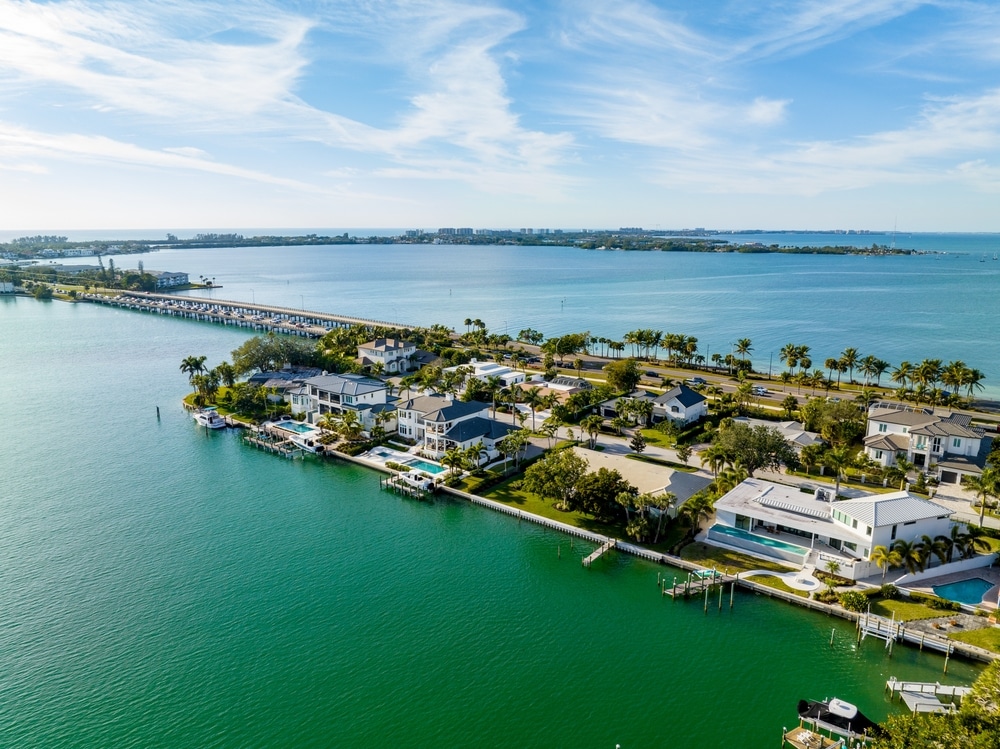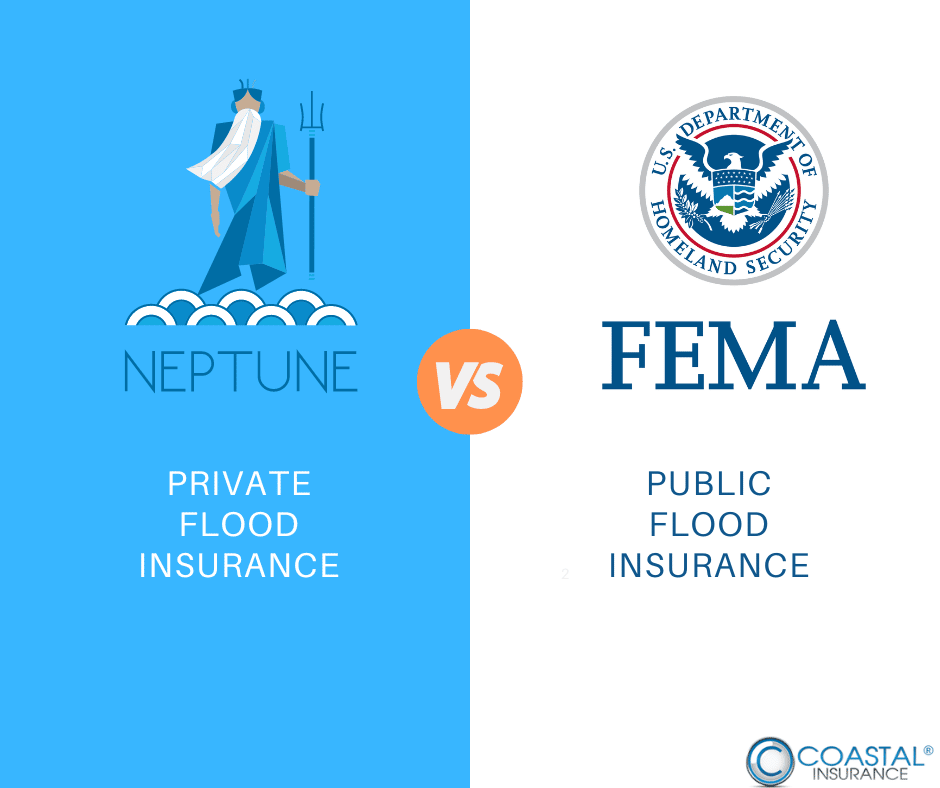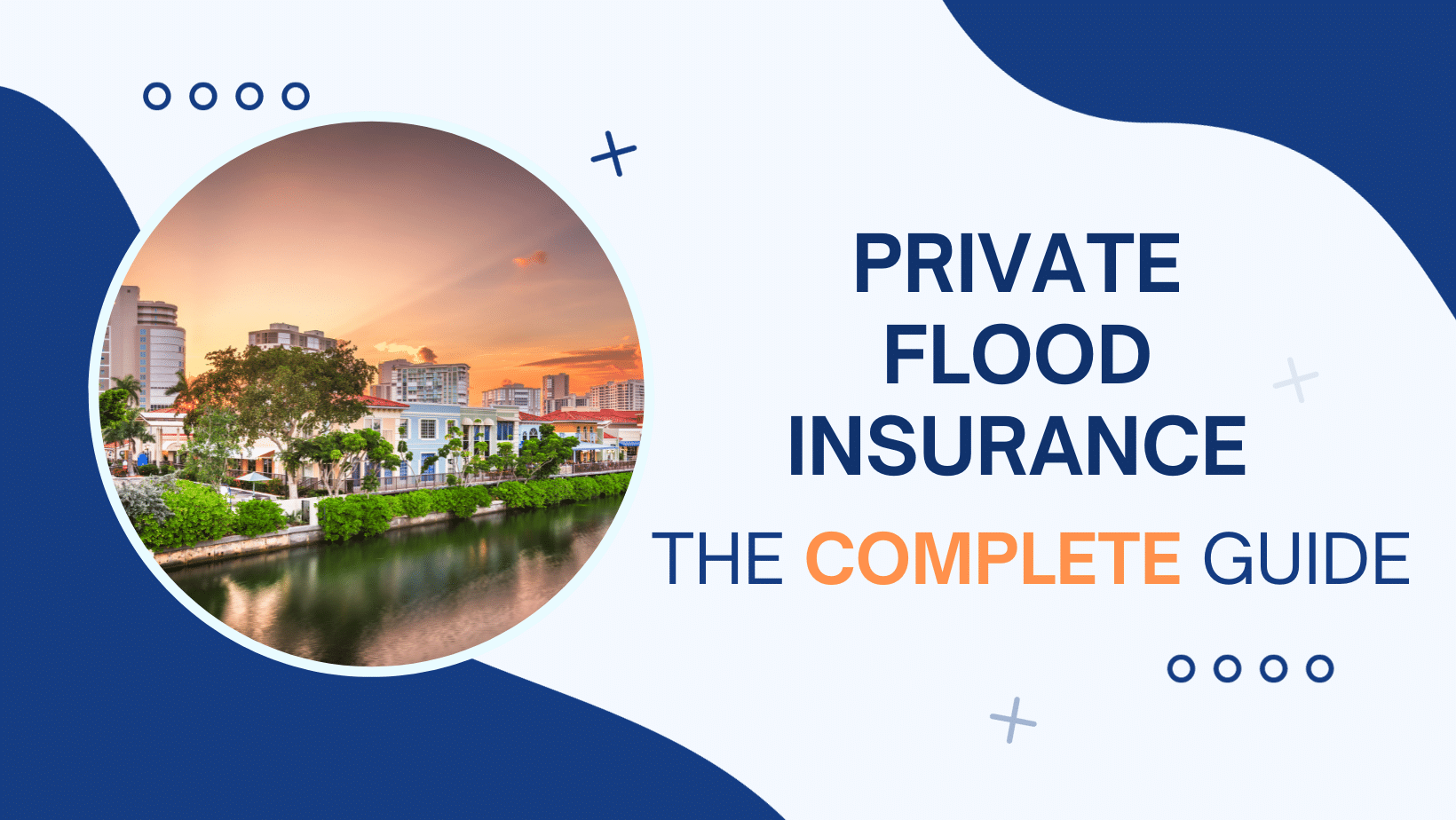
Flood insurance is a must-have coverage in many areas, but some insured homes might not have enough protection. That’s where excess flood insurance comes into the picture. What is excess flood insurance and who needs it? Let’s explore the details.
What is Excess Flood Insurance?
An excess flood insurance policy extends the coverage limit of a base policy. For example, maybe you have a flood insurance policy through the National Flood Insurance Program (NFIP), currently the largest flood insurance provider in the country. That’s a solid start. But what about the coverage limits? And what happens when a flood-related loss exceeds your coverage limit? An excess flood policy can save the day.
Here are the current maximum coverage limits for an NFIP policy:
- Structures: $250,000 (buildings and essential systems)
- Personal property: $100,000 (non-auto standalone contents)
The median home price in the US is now over $467,000. That’s a coverage gap of $217,000 at just the median home value. At higher home values, the gap widens. Home insurance and flood insurance insure against rebuild values rather than resale values, but often these values are close.
That’s where excess flood insurance policies come to the rescue. An excess flood policy can protect your home’s full rebuild value by stacking the excess coverage on top of the base policy. In other words, your main flood insurance policy provides coverage up to your limit (a maximum of $250,000 with an NFIP policy), and then your excess policy fills the gap up to the coverage limit you’ve chosen for your excess flood policy.
Excess flood policies can increase the coverage limits for both your home and your personal property.
What is a Flood, Exactly?
Not every instance of water in your home is a flood, at least from an insurance standpoint. Imagine a pipe bursting in your upstairs bathroom while you’re away at work, The water leaks through to the downstairs and even fills your basement with a few inches of water before you get home. Sounds like a flood, right? Actually, it isn’t — even if you have to roll up your pants to rescue the items floating in your basement. This type of damage is a home insurance claim. Your flood policy can’t help.
Here’s where your flood policy can usually help: If the water in your home touched the ground before entering your home, it’s usually a flood insurance claim. That might be rising water from heavy rains or a nearby creek. It might be seepage due to flooding on your property. Your home policy can’t cover these types of claims, but your flood policy can provide coverage in most cases.
You can see why it’s important to have both home insurance and flood insurance, and if the rebuild value of your home is more than $250,000, it’s also important to consider an excess flood insurance policy to cover the gap.
Related: Expect the unexpected with both a policy and plan
Mortgage Requirements for Excess Flood Insurance
If you have a home loan, lenders typically require home insurance. Your home is collateral for the loan and insurance protects the lender’s financial interest. It also protects yours, of course. But in coastal or flood-prone areas, lenders may also require flood insurance to protect against flood risks. NFIP policies offer a maximum coverage limit of $250,000, so some lenders may require an excess flood insurance policy as well.
If you have a home valued at $1 million, a $250,000 flood insurance policy might not be enough, and if you have a home loan, the lender may require additional coverage. An remarkable statistic from the NFIP shows why the lender might want coverage for the full rebuild value.
During a 30-year mortgage, here are the chances of your home being damaged:
- Flood damage: 26%
- Fire damage: 9%
That’s a one in four chance of having a flood-damage loss.

Even if the lender doesn’t require excess flood insurance, it often makes sense to use an excess flood policy to protect the full rebuild value of your home. Without the wider safety net, any losses above the base policy limit are up to the homeowner to cover.
Excess Flood Insurance Coverage Limits
With an excess flood insurance policy, you’ll work with your agent to determine a coverage limit based on the cost to rebuild your home if you have a total loss. Standard NFIP flood policies top out at $250,000 for single-family residential policies. Excess flood insurance policies can have coverage limits of up to $1 million or more, based on the rebuild value of your home.
You can also get more coverage for your belongings if needed. NFIP policies cap coverage for personal property at $100,000, but an excess flood insurance policy can protect for higher amounts once the limit of your base policy is reached.
Private Market Flood Insurance
You can’t buy an excess flood insurance policy as a standalone policy; it always works in a pair with a base policy. However, in many areas, you can replace an NFIP policy with a private market policy — and these policies often have higher maximum coverage limits. Private market flood policies are often more liberal in how they define a flood as well, which means you may have more effective coverage than with an NFIP policy. More good news: Private market policies might be more affordable compared to NFIP policies.
Here are some of the advantages of private market flood insurance policies:
- Higher coverage limits for structures
- Higher coverage limits for personal property
- Lower premiums in some cases
- Shorter waiting times before the policy becomes effective (compared to 30 days for an NFIP policy)
- Better coverage for floods (NFIP coverage rules are more restrictive)
- Available lower deductibles
For a long time, private market insurers didn’t write flood coverage because the losses could be so unpredictable and widespread. But changes in mapping technology and AI-assisted risk assessment have opened new possibilities for homeowners. Talk to your agent to discuss your options. In some areas, an NFIP is still the best—or perhaps only—way to go. In other areas, you may have more choices through private market insurers.
Related: 5 Best Private Flood Insurance Companies
How Much Does Excess Flood Insurance Cost?
Flood insurance rates are based on two primary factors: the insured value of your home and the risk to your home. The risk plays a bigger role. A neighbor who lives in the same model home but a few blocks over where the elevation is higher will probably pay a lower rate for coverage.
But excess flood insurance might cost less than you’d expect. Remember, it’s secondary coverage. That means most of the risk is on the first policy. The average flood insurance claim is about $50,000, with some claims well below that number and some well above the average. An excess flood policy is triggered when a loss exceeds the coverage limit of the base policy. So, an excess policy has less risk of a claim, which often translates to lower rates per dollar of coverage.
Your agent can help you compare prices and coverage options to match your needs and budget.
Additional Coverage with Excess Flood Insurance Policies
NFIP flood policies are missing another key coverage: additional living expenses (ALE). If you are temporarily displaced due to a covered flood claim, an NFIP policy won’t cover the cost of temporary living arrangements or the additional cost of eating out. Many excess flood insurance policies address this risk as well, providing coverage for additional living expenses that can add up quickly.
Reach Out to the Flood Insurance Experts at Coastal Insurance
Standard flood insurance policies don’t provide enough coverage for many homes, but an excess flood insurance policy or a private market flood policy can provide full protection. At Coastal Insurance, we work with households like yours across the country to design a coverage strategy that protects the investment you’ve made in your home. We work with top insurers to find you the best prices possible. Contact us today to discuss your needs.
Frequently Asked Questions
What is the most flood insurance you can get?
Standard National Flood Insurance Program (NFIP) policies for single-family homes are limited to $250,000 for structures and $100,000 for personal property. However, through private flood insurance policies or excess flood insurance policies, you can purchase a higher level of coverage to better protect your home. Excess flood insurance policies can have coverage limits as high as $1 million or more.
What is the difference between FEMA and NFIP?
FEMA is the agency that manages the NFIP. FEMA’s scope is much broader, spanning many types of emergencies, including tornadoes and other natural disasters, as well as risk mitigation. The NFIP focuses exclusively on flood coverage and flood risks.
What is the maximum deductible allowed under the NFIP?
NFIP flood insurance policies allow a deductible of up to $10,000, which according to FEMA, can reduce coverage costs by up to 40%. The deductible is the part of a claim paid by the insured, so It’s important to choose a deductible amount that fits your budget.
What is the maximum amount of coverage for one to four-family residential property structures?
NFIP policies cap coverage limits at $250,000 for one to four family residential buildings. Policies for these properties also cap coverage limits for personal belongings at $100,000.
Online Flood Insurance Quotes
Homeowners can compare flood insurance quotes online in minutes with Coastal. Simply enter your address and a few details about your home and you be comparing multiple online quotes in under 3 minutes.



